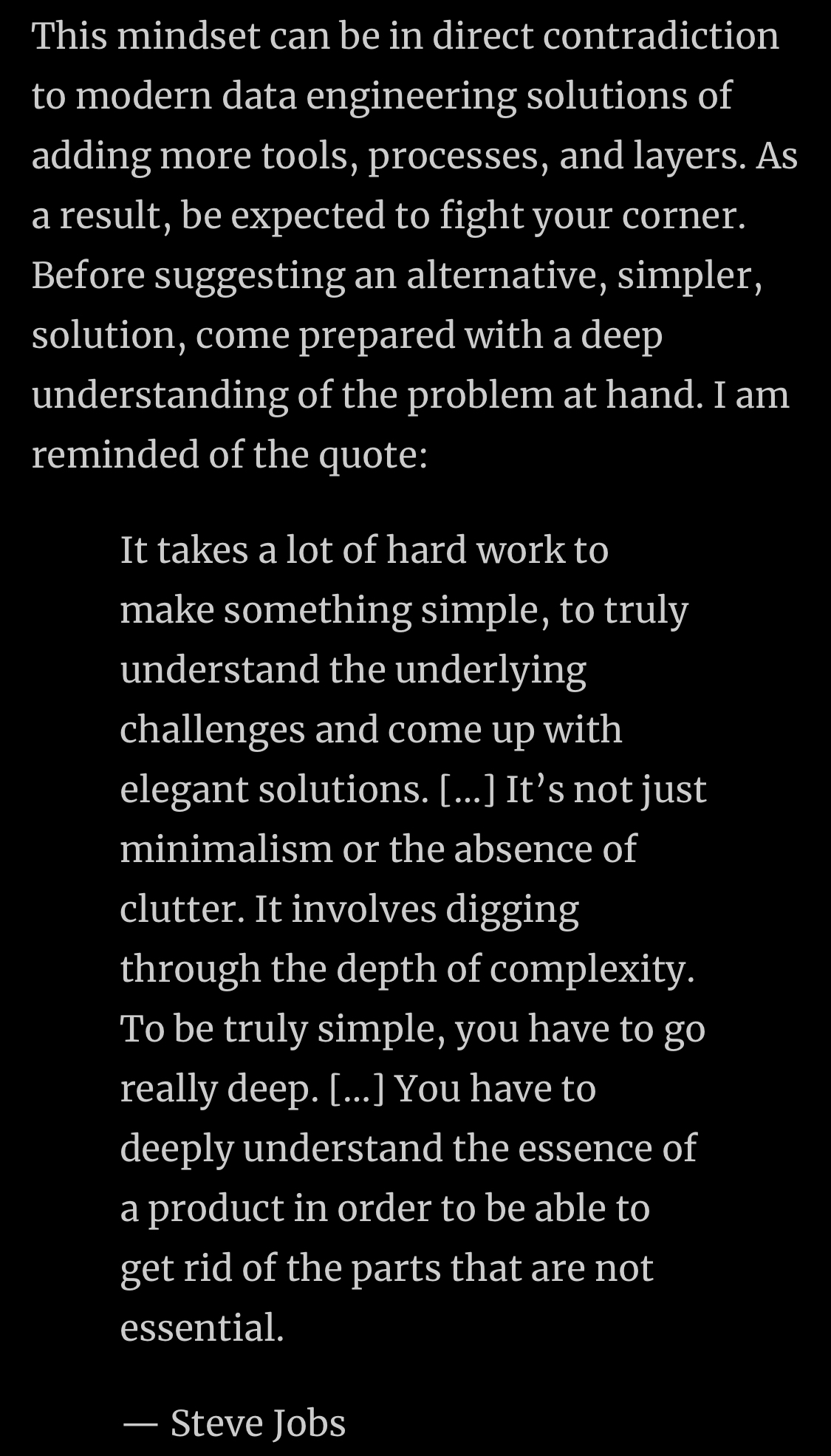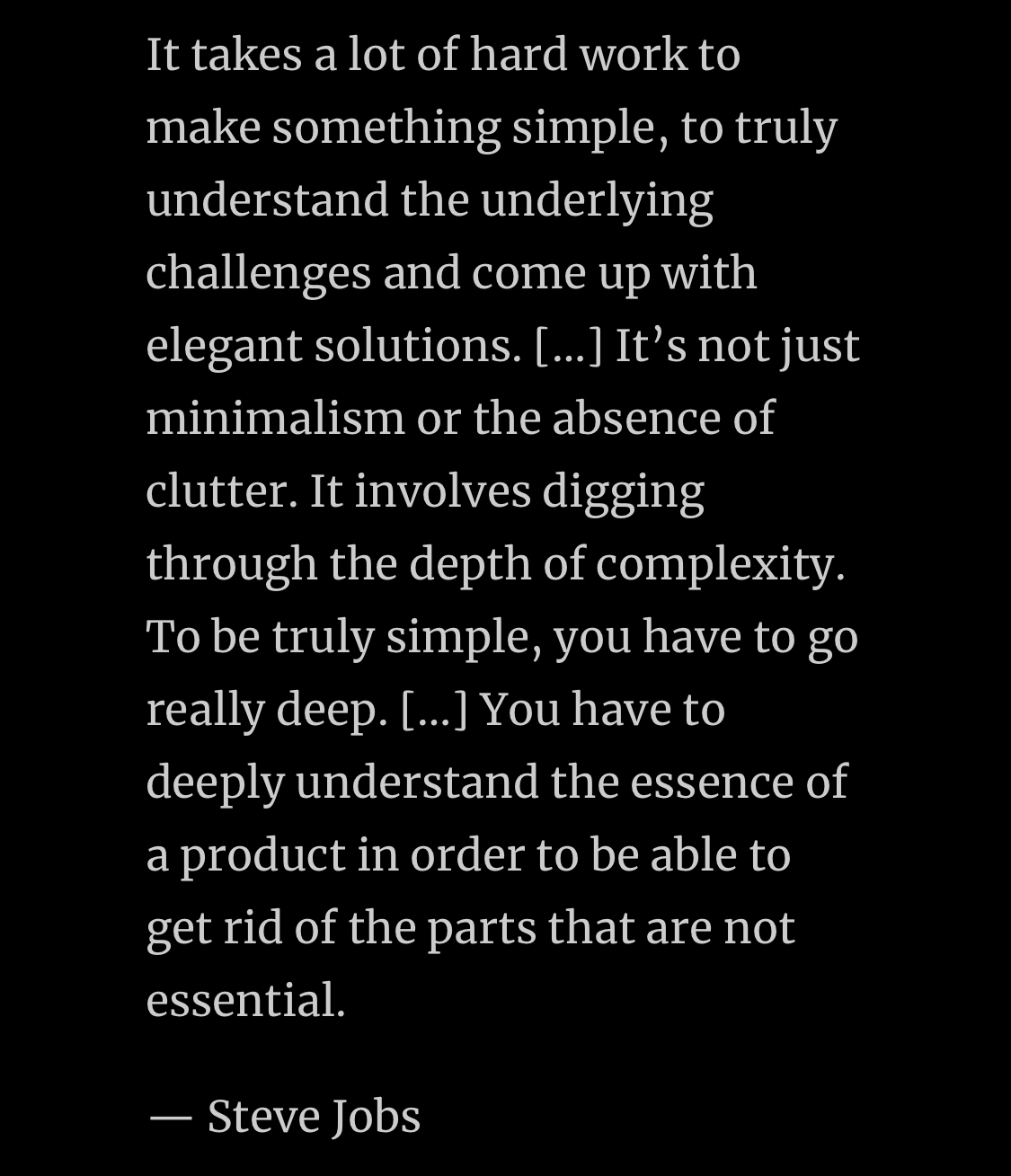multi channel animation
integration

co pilot in workplace.

luna data packed ready

luna on lake

file:///var/mobile/Media/PhotoData/OutgoingTemp/78D38760-9CB0-4CD9-B68F-10BFA36A7F9D/IMG_0783.WEBP
data engineering.

legendary

Still apply

Matt Shumer @mattshumer_ · Jul 22 Massively underutilized AI trick: after asking the AI to build/code/write something for you, ask it to “Make it better”, on repeat.
Do this five times, and you’ll end up with a far better version of whatever you asked for.
Bonus, you can say “First, critique your output.”
“Jakob’s law isn’t advocating for sameness in the sense that every product and experience should be identical. Instead, it is a guiding principle that reminds designers that people leverage previous experience to help them in understanding new”
— Laws of UX by Jon Yablonski a.co/4dsjJ8h
“leveraging tools like a design system when available,”
— Laws of UX by Jon Yablonski a.co/aDkaOqZ
““human-centered design.” It’s a lesson that we must continuously remind ourselves of: to design better technology means to design for humans, and to design for humans means to anticipate our emotions, limitations, and preconceptions.”
— Laws of UX by Jon Yablonski a.co/a156XFq
“The amount of mental resources needed to understand and interact with an interface is known as cognitive load. 2”
— Laws of UX by Jon Yablonski a.co/c5XdHob
“The time it takes to make a decision increases with the number and complexity of choices available.”
— Laws of UX by Jon Yablonski a.co/6uIrvwj